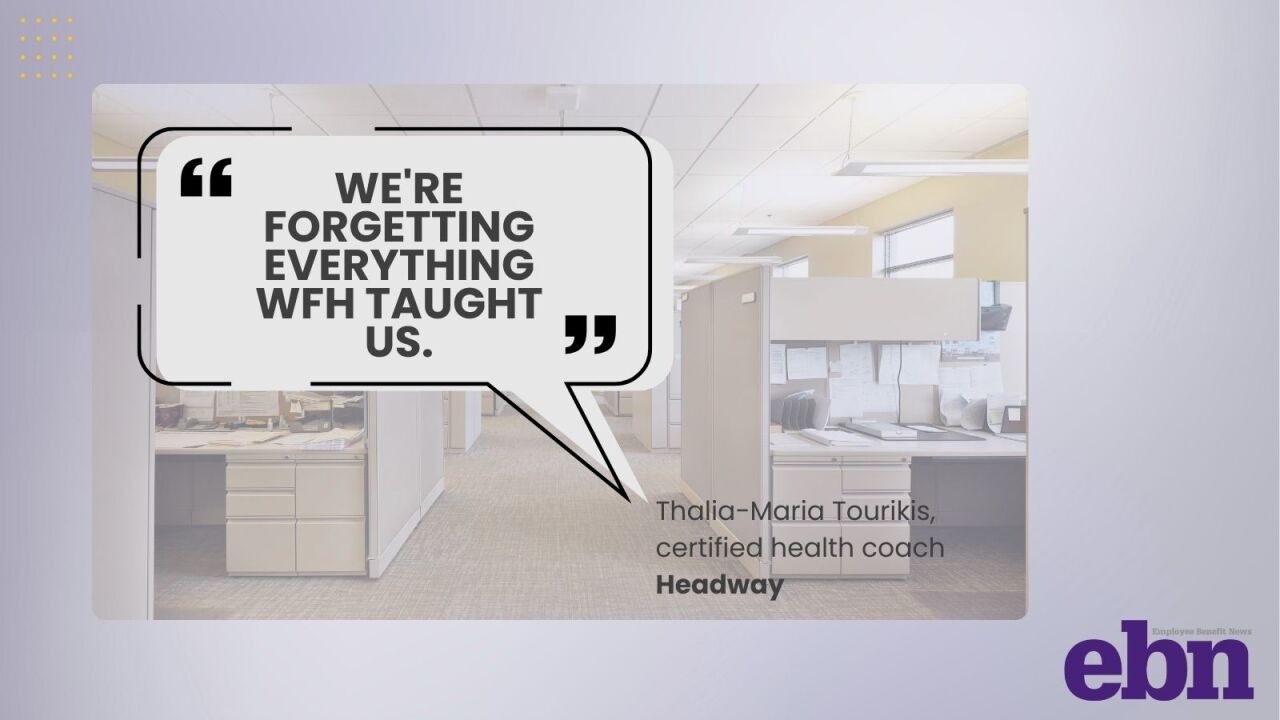Preparation for retirement is changing for many Americans as a result of advances in technology, writes a Forbes contributor. For example, many 401(k) plans now have an auto-enrollment feature, automatic payroll deductions and target-date funds, with retirement savers being able to track their investments and make financial moves using mobile apps and online tools, says the expert. “All of these innovations increase participation by making it easier to save and invest for retirement. Technology demystifies retirement investing, and simplifies the process, making savings much easier.”

A survey by Bankers Life has found that a majority of baby boomers have made arrangements for their funerals but failed to prepare for their long-term care, according to this article on Motley Fool. This should not be the case, as the cost of long-term care could place a dent on their retirement savings, especially if they have not saved enough. Baby boomers should prepare for this expense by getting long-term care coverage and incorporating it into a more comprehensive retirement plan.
The tax season creates a great opportunity for clients to review their taxes and finances especially when they are approaching retirement, according to this article on U.S. News & World Report. As they look into their financial circumstances, pre-retirees should consider maxing out their retirement account contributions and developing a sustainable strategy for tapping their portfolio after they retire. The tax season also makes a good case to evaluate the risks in their investment portfolio.
While many employers sign up their workers automatically in their defined-contribution retirement plans, the default savings rate of 3% to 6% is very low and would not be enough to secure the golden years, writes a Morningstar expert on The Wall Street Journal. “One way to address low initial savings rates is with another default, known as automatic escalation, which increases the savings rate automatically over time to some predetermined limit,” writes the expert. “The typical increases are one percentage point or two percentage points a year, so it wouldn’t take too long for a 6% rate to get to 12%.”





